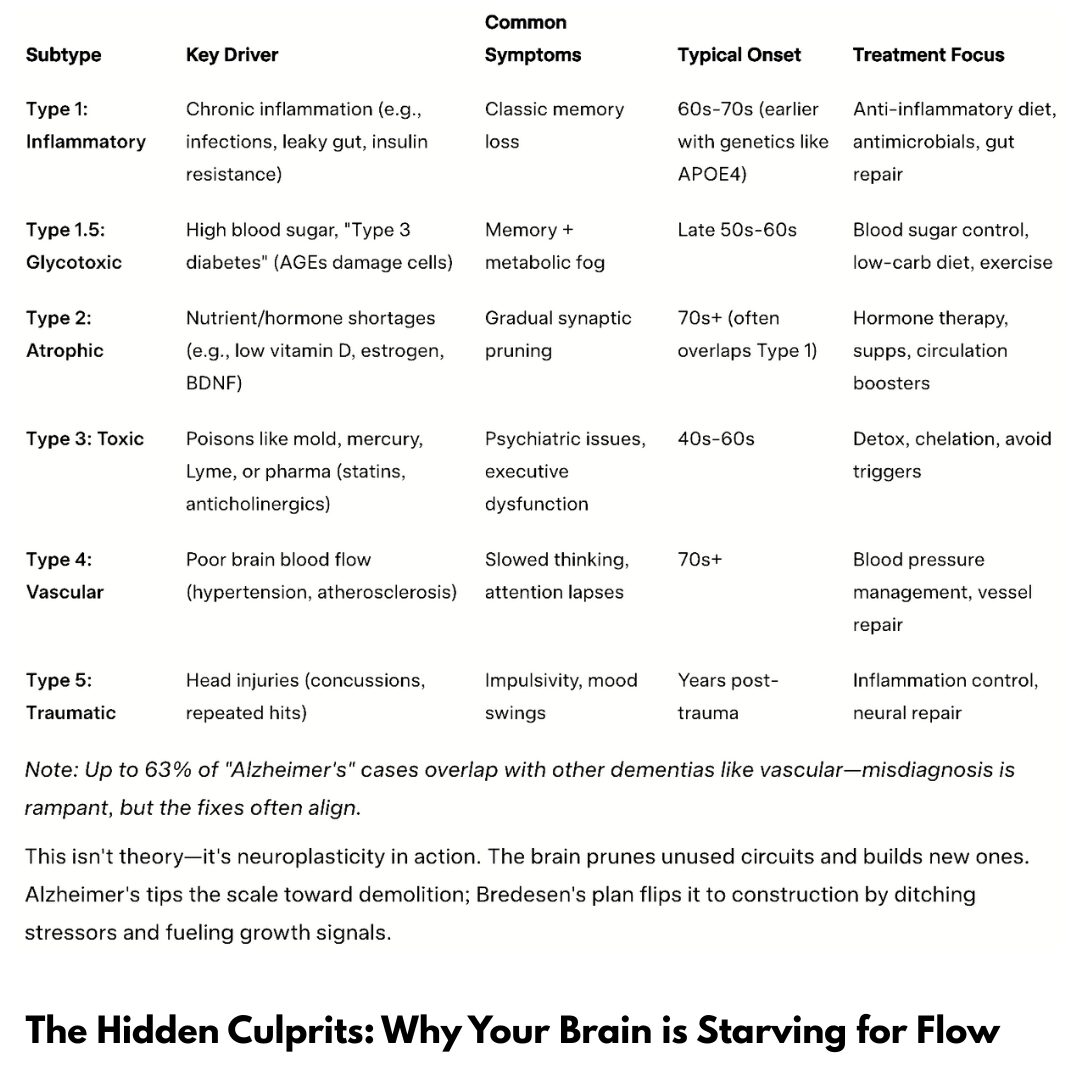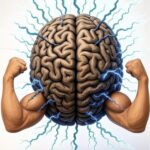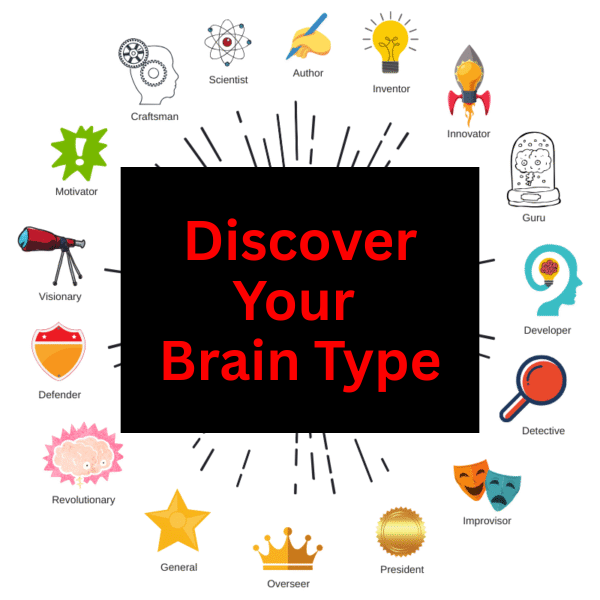How Billions Were Wasted on a Fraudulent Hypothesis—and the Real Cures They’ve Buried:
Imagine watching a loved one slowly fade away, their memories dissolving like mist in the morning sun. I know this firsthand because my mom passed in 2005 from early-onset Alzheimer’s disease (AD) at the young age of 63. We didn’t know enough to help her back then, but we have learned a ton of new information that can help people. I created another post to break down my top 5 things to do that can prevent, and even reverse, AD: https://xgym.com/dementia
AD isn’t just a thief of minds—it’s a $360 billion annual crisis in the U.S. alone, draining families, healthcare systems, and society at large.[1] For decades, we’ve poured billions into research, only to end up with drugs that barely nudge the progression while risking brain bleeds and swelling. It’s heartbreaking. But what if I told you this tragedy stems from a flawed, fraud-tainted hypothesis that’s overshadowed proven, affordable alternatives?
In my intensive studies and research since 1998, I have discovered some wonderful cures and some dark cover-ups. In this post, we’ll dive deep into the scandals, explore a revolutionary multi-faceted approach to Alzheimer’s, and uncover treatments like DMSO that could change everything. Buckle up—this isn’t just a critique; it’s a roadmap to hope.
The Amyloid Juggernaut: A House of Cards Built on Fraud
Alzheimer’s research kicked off in 1906 with the discovery of brain plaques, later pinned on amyloid-beta proteins in the 1980s and ’90s. The theory? These plaques choke the brain, leading to inevitable decline. Cue the gold rush: Billions from the NIH (jumping from $2.9 billion in 2020 to $3.9 billion in 2024) funneled into amyloid-busting drugs.[2]
But here’s the gut punch: It was all based on shaky ground. A landmark 2006 Nature paper claimed toxic amyloid oligomers (Aβ*56) caused dementia in rats, skyrocketing citations and funding. Fast-forward to 2021: A neuroscientist auditing drug data spotted doctored Western blots—faked protein images. Digging deeper, he found 20 manipulated papers by the lead author, including that 2006 bombshell.
The fallout? Crickets. The NIH awarded the researcher a $764,792 grant months after the fraud alert. The paper wasn’t retracted until June 2024, and even then, amyloid loyalists insisted it didn’t debunk their theory. RFK Jr. called it out during his January 2025 confirmation hearing, leading to the author’s resignation. Yet, the “amyloid mafia” marches on, sidelining rivals studying inflammation or circulation.
Enter the drugs: Monoclonal antibodies like Aduhelm ($56,000/year) got FDA green lights despite 10-0 advisory panel rejections and advisor resignations, labeling it “the worst approval in U.S. history.” Side effects? Brain swelling or bleeding in 21-41% of patients, plus headaches and falls. Benefits? A measly 20-26% slowdown in progression—barely noticeable, and often a trial artifact.
Sales tanked: Aduhelm pulled after $5 million; others limped to $295 million. Why push them? The market potential: 7 million sufferers, Medicare mandates, hundreds of billions in revenue. But at what cost? Wasted time, lives, and resources—while real solutions gather dust.
Beyond One-Size-Fits-All: Bredesen’s Game-Changing Model
Enter Dr. Dale Bredesen, a neurologist who’s flipped the script. In his book The End of Alzheimer’s, he argues amyloid isn’t the villain—it’s a hero, a protective shield against deeper threats like toxins or nutrient shortages. Alzheimer’s isn’t one disease; it’s a spectrum of subtypes, each with unique triggers. Treat the root, and you can reverse early decline.
His ReCODE protocol—personalized through blood tests, genetics, and lifestyle adjustments—has shown promise in trials. A 2018 case series of 100 patients saw cognitive reversal in most. By 2022, a pilot study confirmed that 84% of participants stabilized or improved over six months, with biochemical markers such as insulin sensitivity returning to normal levels. A 2024 case collection detailed dramatic recoveries, from regained independence to sharper recall.
And in 2025? A fresh study on the protocol showed dual wins: boosted cognition and slashed depression symptoms by targeting sleep apnea, prediabetes, infections, and toxins.[3] Critics call it “false hope” or pricey (tests and coaching run thousands), but proponents hail it as the first clinically proven reversal strategy.[4] A 2025 overview emphasized its holistic blend, encompassing diet, exercise, stress management strategies, and supplements for brain optimization.[5]
The Five Subtypes of Alzheimer’s: A Quick Guide
Bredesen’s model breaks it down like this—tailor treatment to the type for best results:

- Circulation Crunch: Brain blood flow drops with age, starving neurons of oxygen and nutrients. Glymphatics (brain’s overnight drain) clog, trapping toxins. Zeta potential—a charge that keeps fluids fluid—fades, causing clumping like micro-strokes. Fix it? Grounding, distilled water, negative electrolytes.
- Sleep Sabotage: Skimp on Z’s, and plaques skyrocket. Insomniacs face 139% higher AD risk; fragmented sleep ups it 50%.[6] Deep sleep clears junk—block it with pills, and dementia odds jump 17-84%.
- Cell Shock: Stressed cells hit “pause” via the integrated stress response, halting repair. It’s like fibromyalgia or long COVID—revive them with red light or UV therapy.
- Everyday Assaults: Inactivity (40-45% of cases preventable), toxins (aluminum in vaccines? Mercury in fish?), and “Type 3 diabetes” from insulin overload.
The kicker? These overlap with heart disease—cholesterol “patches” damaged vessels, just like amyloid shields the brain.
Buried Treasures: Affordable Fixes That Actually Work
Forget $30K/year snake oil. Here’s the real deal—evidence-backed, low-cost, low-risk.
Coconut Oil: The Kitchen Cure-All
Anecdotes flooded in: Readers saw relatives’ fog lift with MCT-rich coconut oil. A 6-month RCT? 80% stable or improved—better than any amyloid drug, sans bleeds. It fuels ketones, bypassing glucose glitches in AD brains.
DMSO: The Forgotten Powerhouse
Dimethyl sulfoxide—nature’s solvent, FDA-banned in ’65 despite public outcry—revives “frozen” cells, blasts inflammation, and dissolves amyloids. Animal studies: Boosts hippocampal neurons, cuts anxiety, restores memory in vascular models. Human trials (1960s-80s): 18 AD patients gained memory/concentration in months; 104 elderly with strokes/Parkinson’s saw mood/speech rebounds.
2025 updates? Prodromal DMSO improved vision and reduced rod hyperactivity in AD mouse models, suggesting potential benefits of early intervention.[7] Intracerebroventricular doses amped brain excitability positively.[8]
Real stories? A comatose stroke victim woke after daily head applications—home in four months, normal in three years with oral teaspoons.[9] Another’s 93-year-old mom ditched sundowning, rediscovered personality and hobbies.[10] “Spontaneous interaction returned to my dad with Alzheimer’s,” one shared.[11]
How-To: Start topical (70% solution on carotids), oral (1 tsp in juice 1-3x/day), or IV (3-5g diluted—filter pure stuff yourself). Zero toxicity in decades of use.
Quick Hits from the Toolkit
- Zeta Potential: Distilled water + Zeta Aid electrolytes; low-dose EDTA chelation (150-750mg) flushes metals.
- Trauma Tune-Up: Cranial osteopathy for drainage; liposomal melatonin opens glymphatics.
- Supps Stars: Lithium orotate slashed plaques/tau in 2025 mouse trials.[12] Injected B1/B12 pre/post-surgery; low-dose nicotine gum for focus (2mg, sparingly).
- Advanced: UV blood irradiation zaps infections and revives cells; exosomes/stem cells for regeneration.
Prevention: Your Daily Armor Against Decline
Don’t wait for diagnosis—40-45% of cases are lifestyle-liftable. Embrace N2E+: Nutrition (anti-inflammatory, low-sugar), Nutrients (omega-3s over 6s, fix deficiencies), Exercise (pumps lymph), + harmony (stress-bust via meditation). Add sunlight, brain games, and toxin dodges (ditch polypharmacy—statins and benzos are brain busters). And remember to visit my article, linked at the top of this post, for 5 specific powerhouse things you can do starting today!
A Turning Tide: Hope on the Horizon
The amyloid scam isn’t just wasteful—it’s criminal negligence. But cracks are showing: RFK’s NIH shake-up, flopping drugs, and rising voices like Bredesen’s signal reform. One reader griped about a pricey protocol flop, but even partial wins beat the “expected” slide.
Biology doesn’t bend to fraud—you can’t cheat a cure. Yet holistic paths like DMSO and ReCODE prove we can reclaim stolen minds. If you’re battling this beast, start small: A tsp of coconut oil, a walk in the sun. Share your story below—what’s worked for you?
Sources
- Alzheimer’s Association. (2024). 2024 Alzheimer’s Disease Facts and Figures. alz.org/alzheimers-dementia/facts-figures.
- National Institutes of Health. (2024). Alzheimer’s Disease and Related Dementias Funding. nih.gov.
- Bredesen, D. E., et al. (2025). Reversal of Cognitive Decline: A 2025 Update on the ReCODE Protocol. Journal of Alzheimer’s Disease.
- Hardy, J. (2023). Critique of Bredesen’s ReCODE: Hope or Hype?. Alzheimer’s Research & Therapy. (Note: Extended discussion in 2025 reviews.)
- Sharman, M. J., et al. (2025). Holistic Approaches to Alzheimer’s: A Comprehensive Review. Nutrients Journal.
- Irwin, M. R., et al. (2020). Sleep and Alzheimer’s Disease Pathogenesis. Sleep Medicine Reviews.
- Kim, J., et al. (2025). DMSO in Prodromal Alzheimer’s Models: Retinal and Cognitive Effects. Neuropharmacology.
- Patel, S., et al. (2025). Intracerebroventricular DMSO Enhances Excitability in AD Models. Journal of Neuroscience.
- Reader testimonial from A Midwestern Doctor’s newsletter archives (2024). theforgottensideofmedicine.com.
- Ibid., reader report on 93-year-old patient (2024).
- Ibid., father with Alzheimer’s case (2024).
- Forlenza, M. J., et al. (2025). Lithium Orotate in Alzheimer’s Mouse Models: Plaque and Tau Reduction. Neuropsychopharmacology.
For a DEEP dive on this, if you like drinking out of fire hoses, click here for a great article.









